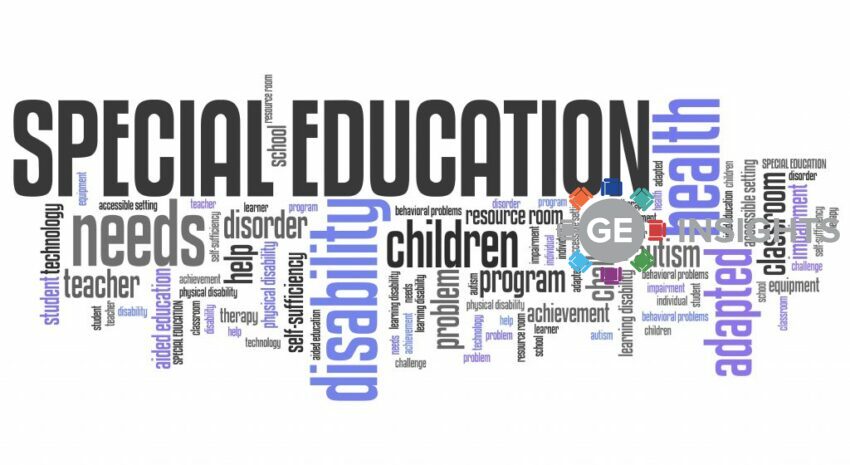This article examines the effectiveness of Unconscious Bias Training (UBT) as a method for educating staff and tackling racial discrimination in the workplace. Rupa Mooker, Business Director, People and Development at McRoberts Law Firm and member of the Law Society of Scotland’s Equality and Diversity Committee, shares her views on why UBT should be a minimum requirement in diversity and inclusion training [1].
What is unconscious bias?
By definition, unconscious biases are the internalised views or opinions we hold but are potentially unaware of [2]. These biases can be different for each of us, indirectly influenced by our background, our everyday behaviour, and our experiences. Unconscious bias training aims to increase our awareness of these biases and the impact they have on people that we may unknowingly discriminate against.
What are people’s views on UBT training as a solution?
When speaking with Rupa, she emphasised the importance of UBT to understanding how all employees are likely to express their biases in some parts of their work.
“I think unconscious bias training is a good idea, but it certainly isn’t the only thing that can be done. I think there are certainly some employers out there that view it as ‘okay great we’ve done that; we can tick it off and move on’. Absolutely not.”
“I do think though, as a very minimum, UBT should be rolled out to all employees because when it comes down to it, whether you’re engaging with other employees or customers, we are all guilty of having those unconscious biases. They will show themselves, be it overtly or through microaggressions.”
Rupa Mooker, Business Director, People and Development at McRoberts Law Firm, 2020
However, while the underlying motivations of UBT are viewed as positive by many, opposition to it has primarily been focused on whether the training is actually as effective as some have hoped it would be.

What does research show about UBT’s effectiveness?
In 2018, the Equality and Human Rights Commission published a report on the effectiveness of unconscious bias training [3]. Following calls by the McGregor-Smith Review (2017) for a Government-backed UBT resource for businesses, the report aimed to measure the effectiveness of this training with regards to four different areas; raising awareness of bias, changing implicit bias, changing explicit bias and, changing behaviour [4]. The findings of the study were particularly eye-opening, arguing: ‘The time for talking is over. Now is the time to act.’ [4]
UBT was found to positively increase awareness of unconscious bias and improve employees knowledge of diversity issues in the workplace.
However, when it came to changing people’s implicit biases, there were mixed results, with the strength of people’s biases weakening only on some occasions. Additionally, there was no evidence that implicit bias could be reduced entirely, and it cannot eliminate negative pre-conceptions entirely.
In situations of explicit bias, the evidence was considered to be much harder to judge and reduce.
Finally, when it came to UBT leading to behavioural changes, the evidence was much more decisive. While participants reported feeling that their action tendencies were changed, there was insufficient evidence to suggest that this was truly the case.
Overall, while the increase in bias awareness was evident from the research, there was unfortunately little suggestion that awareness had led to enforced change, either in reduced bias or in individual behaviour.
UBT encourages education and demands accountability
While the findings of this study are not entirely optimistic, the research concludes that UBT can provide one essential resource to employers and employees. Although many of us consider ourselves to be conscious of our actions, the micro-aggressions experienced by so many minority groups are proof that unconscious bias is rife within society and within the workplace.
When educating people on these biases, an essential aspect is accountability. Perhaps we should not be looking at UBT as ineffective, but rather as a stepping stone?
When implemented alongside other initiatives, UBT can be used to increase awareness around unconscious bias and the experiences of ethnic minority colleagues. It is just one of the ways that businesses can approach equality, but UBT can help spread the message that discriminatory actions and racial prejudice will not be tolerated.
Sources:
[1] MGC Interview with Rupa Mooker, Business Director, People and Development at McRoberts Law Firm, 13/10/21
[2] Cornish Consultancy Services. 2014. Unconscious bias and higher education. [online] [Accessed 08/01/21]
[3] Equalityhumanrights.com. 2018. Unconscious Bias Training: An Assessment Of The Evidence Of Effectiveness. [online] [Accessed 08/01/21]
[4] Gov.uk. 2017. Race in the workplace: The McGregor-Smith Review [online] [Accessed 08/01/21]
Register FREE to access 2 more articles
We hope you’ve enjoyed your first article on GE Insights. To access 2 more articles for free, register now to join the Government Events community.
(Use discount code CPWR50)




